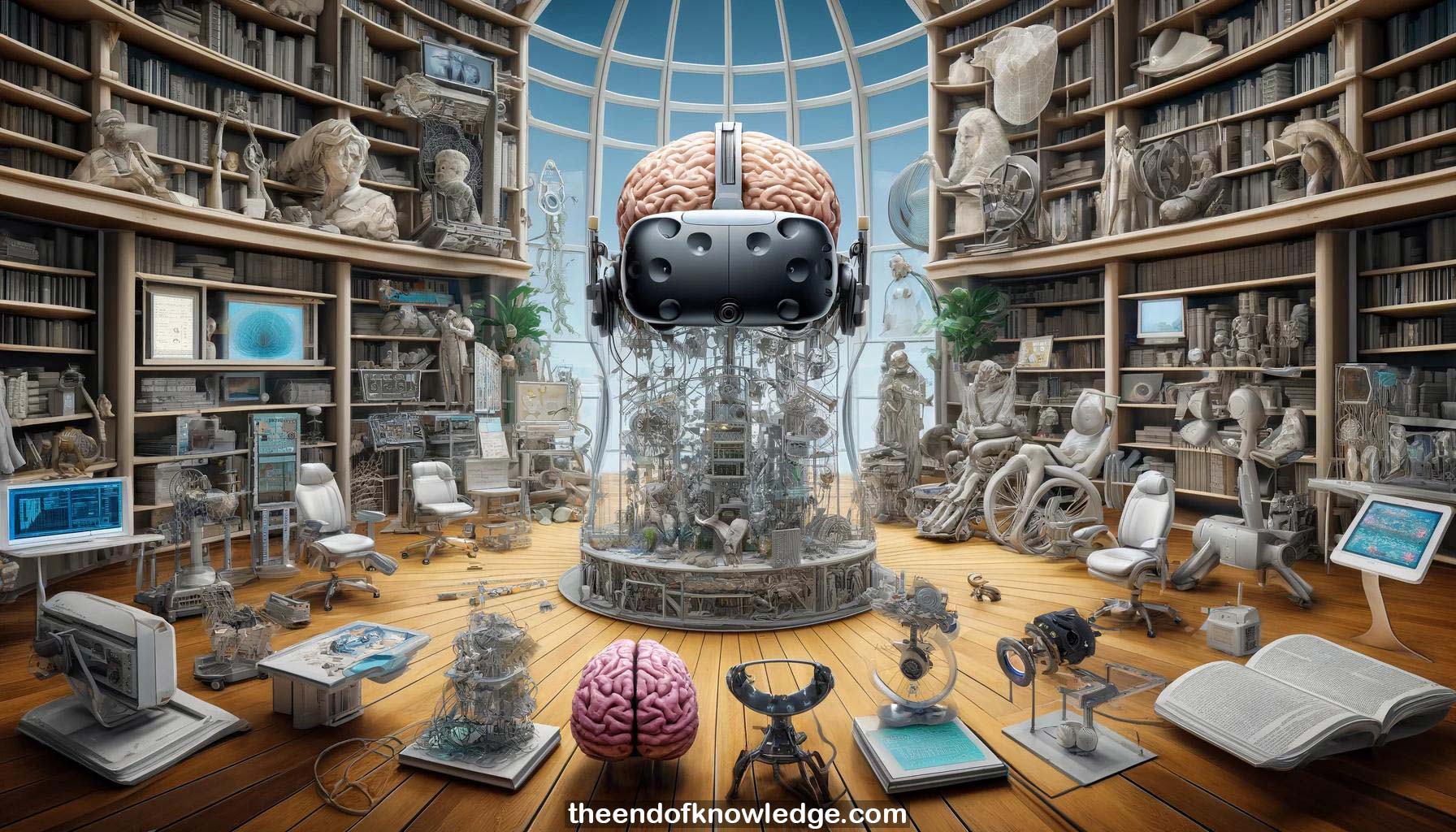 >
>
Concept Graph & Resume using Claude 3 Opus | Chat GPT4 | Llama 3:
Resume:
1.- The presenter, Jonas Vibell, is an assistant professor at the University of Hawaii, directing the Brain and Behavior Laboratory.
2.- Jonas' research background spans institutions like Oxford, UCL, MGH, and a company called ArchinoEthics that developed brain-related technologies.
3.- At the University of Hawaii, Jonas' lab has three units: neuroimaging, neurorehabilitation, and virtual reality research.
4.- The virtual reality unit combines VR with EEG to understand brain function and applies it to domains like rehabilitation.
5.- Immersion is a key concept in VR research - it's the feeling of being surrounded by a completely different reality.
6.- Immersion can range from reading an engrossing book with no sensory input to highly realistic multisensory VR experiences.
7.- Even low-fidelity VR can induce strong feelings of immersion, like fear of walking a virtual plank at a great height.
8.- Narrative and logic within the virtual world are important for maintaining the sense of immersion.
9.- Immersion depends on both bottom-up sensory input and top-down factors like imagination, spanning internal and external attention.
10.- Early VR had blocky graphics and clunky headsets that broke immersion, but modern VR achieves much greater realism.
11.- Advanced VR like Meta's can mirror many real-world activities, from exercise to social interaction to travel.
12.- High immersion requires fidelity and congruence between senses - visual, auditory, touch, smell - spatially, temporally, and semantically.
13.- Multisensory integration in the brain can enhance immersion, with activation greater than the sum of individual sensory inputs.
14.- Many senses beyond the traditional five, like balance and mechanoreception, may be needed for true VR immersion.
15.- Internal attention and imagination, as used when immersed in a book, rely more on content than presentation.
16.- Factors like attention, emotion, expectation, motivation, memory influence immersion through top-down internal cognitive processes.
17.- Studying attention for decades has yielded insights relevant to immersion, but much work remains to precisely define immersion.
18.- A model of immersion should integrate external and internal attention, motivation, task factors, and the mapping between virtual and real.
19.- Immersion exists on a continuum from 2D interfaces to full VR with advanced haptics, all integrating multiple cognitive factors.
20.- Immersion is applied in domains like neurorehabilitation, where integrating VR and neurophysiology could enable more effective therapies.
21.- A preliminary model links immersion to an interplay of cognitive factors, especially attention, though more work is needed.
22.- Establishing physiological measures of immersion would greatly advance VR applications in education, rehabilitation, entertainment, and more.
23.- The lab uses an HTC Vive Elite VR system, which is lightweight and comfortable compared to older models.
24.- Cybersickness remains an issue in VR for some users, especially with fast movements, and differs between headsets.
25.- Suspension of disbelief in VR depends on fidelity - blocky graphics break immersion while realistic graphics maintain it.
26.- The presenter would like more collaboration, being relatively isolated in Hawaii, and shared his contact info.
27.- Quantifying the effect of context on immersion requires first establishing a rigorous definition of immersion.
28.- Distinguishing between attention, presence, agency in immersion is tricky as the concepts overlap - careful definitions are key.
29.- Over-immersion, in the sense of panic or trauma from a VR experience, is an interesting consideration not yet well-studied.
30.- Whether we are immersed in the real world through attention/intention is a deep philosophical question, perhaps impossible to test.
Knowledge Vault built byDavid Vivancos 2024